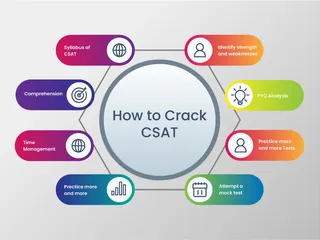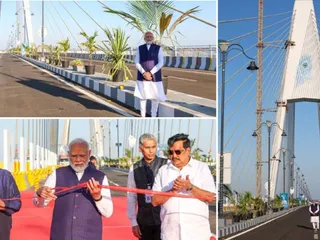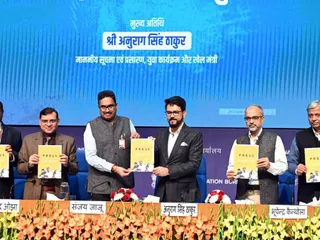The development of efficient and sustainable transportation systems is crucial for economic growth and social well-being. A synergistic approach combining high-speed rail networks with improved road infrastructure offers a powerful solution. This integrated model addresses the limitations of relying solely on one mode of transport, leveraging the strengths of both to create a more comprehensive and effective transportation network.
Benefits of Integrated High-Speed Rail and Road Connectivity:
- Reduced Congestion: High-speed rail can alleviate pressure on roads by diverting long-distance passenger and freight traffic, reducing congestion and improving travel times for those using roadways.
- Improved Efficiency: Combining modes allows for optimized logistics, with goods transported via high-speed rail for long distances and then distributed via road networks to their final destinations.
- Enhanced Economic Development: Improved connectivity stimulates economic growth by facilitating easier movement of people and goods, making regions more accessible for investment and trade.
- Environmental Sustainability: High-speed rail offers a significantly lower carbon footprint compared to road transport, contributing to reduced greenhouse gas emissions.
- Increased Accessibility: The integrated system provides a wider range of transport options, increasing accessibility for individuals with varying needs and preferences.
Challenges and Considerations:
Implementing such an integrated system requires careful planning and consideration of various factors, including:
- High Initial Investment Costs: Building and maintaining both high-speed rail and upgraded road infrastructure requires substantial financial resources.
- Land Acquisition and Environmental Impact: Project planning needs to carefully address land acquisition, environmental concerns, and potential disruption to existing communities.
- Integration and Coordination: Effective integration requires seamless coordination between different transport modes and authorities to ensure smooth passenger and freight transfers.
Examples of Successful Implementations:
While a fully integrated system remains a long-term goal in many parts of the world, some regions showcase successful elements of this approach. Further research into specific examples is encouraged.
Further Reading: You can find more detailed information and case studies on this topic by searching for "high-speed rail and road integration" or "multimodal transport" on academic databases like ScienceDirect and Web of Science.












































